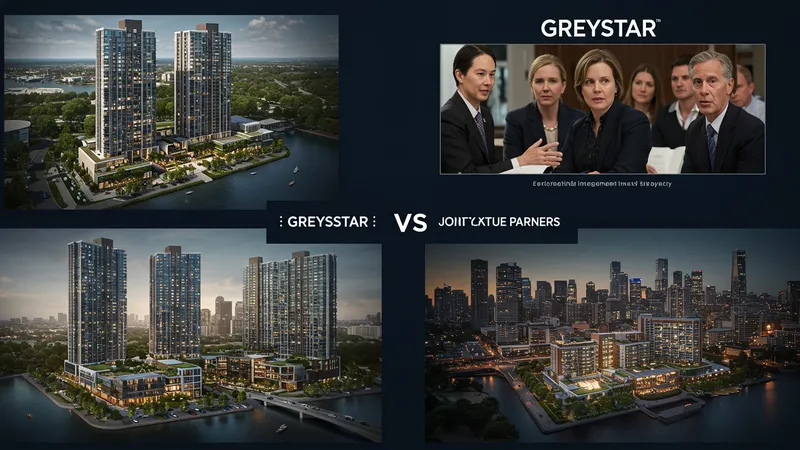
Build-to-Rent (BTR) Institutional Residential Projects For Modern Investors
Comparing Investment Models Across BTR Institutional Residential Projects
BTR institutional residential projects vary not only in amenities but also in funding and management approaches. Some developers, like Greystar, pursue proprietary investment funds and manage their properties directly, creating a vertically integrated model. This allows for tighter quality control, brand consistency, and maximized lifetime asset value.

Others, exemplified by Lendlease, form joint ventures with global partners. This co-investment approach spreads risk and leverages regional expertise, often resulting in tailored projects for specific urban markets. These models can accommodate different risk-return profiles, attracting a more diverse pool of institutional investors.
Investment entry points also vary. While many BTR projects require significant capital outlay, certain funds and partnerships allow for fractional exposure or participation through listed vehicles. The flexibility in investment structure complements the BTR ethos of adaptability and accessibility for various investor types.
Transparency and reporting standards set BTR apart from traditional residential investing. Institutional project managers provide granular operational data, from tenant profiles to lease expirations, supporting active portfolio management and informed capital allocation. This degree of insight appeals to insurers, pension funds, and global asset managers seeking dependable real estate returns.